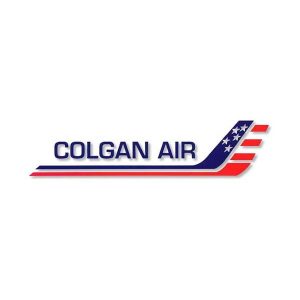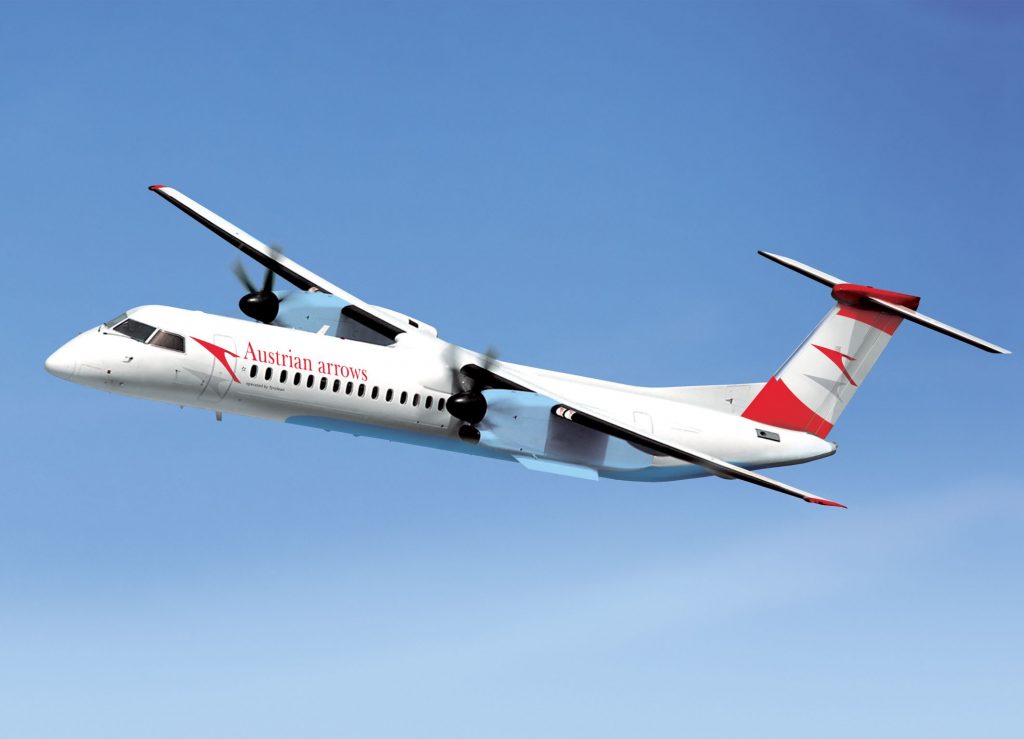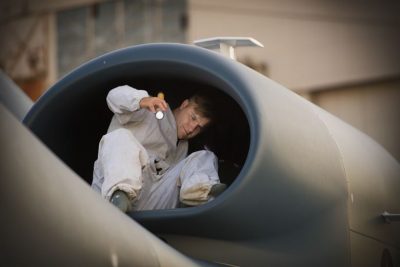_wreckage-e1550354527578.jpg)
The United States aviation industry is on a tremendous winning streak. It has been 10+ years since a fatal aviation crash – a remarkable record.
The last accident occurred on February 12, 2009. Ironically, this was 28 days after the Miracle on the Hudson when Captain “Sully” Sullenberger landed his US airways jet safely on the Hudson River after a flock of birds stopped both engines (see Sully).

On February 12, 2009, Colgan Air Flight 3407 departed Newark, New Jersey. If you don’t know of Colgan Airlines, you are not alone. Colgan was founded in 1991 and serves as a regional commuter for larger airlines, in this case it was marked as Continental Connection for Continental Airlines.

Bombardier DHC-8-400 type of plane used by Colgan Air 3407
The flight departed Newark at 9:18pm headed for Buffalo, New York. It crashed into a house 59 minutes later, five miles short of the Buffalo Airport. All 49 souls on board perished, plus a man inside the house.
The FAA crash investigation revealed an improper pilot reaction to stall indications on the part of the pilot in command. Contributing factors were pilot fatigue and lack of proper training. The entire FAA report on the crash can be found at FAA Report
So why are the nation’s skies safer now than any time in history?
Two reasons come from the Colgan Flight. Due to lobbying efforts by the victims’ families, Congress enacted laws increasing the number of hours required before flying for regional airlines: from 250 to 1500. They also increased the length of required crew rest for pilots. For example, there is evidence that the captain of the Colgan Flight had spent the night in the Newark Airport, the night before the fateful flight.

Better maintenance: The ability to inspect materials on the airplane has increased as well. This has led to a much lower rate of catastrophic failure of mechanical parts and in turn, aircraft accidents.

The biggest reason for the increased safety has been emphasis on CRM (Cockpit Resource Management or Crew Resource Management). The training came out of a couple of high profile accidents from the 1970s. Eastern Airlines Flight 401 in December of 1972 and United Airlines Flight 173 in December of 1978. Both of the crashes were caused, in part, by poor crew coordination and communication. Particularly in the United Flight, the junior members of the flight deck failed to challenge the captain when they were uncomfortable with his actions. CRM teaches junior crewmembers how to respectfully challenge the captain when he/she is making a questionable decision. Prior to CRM, the captain’s word was virtually unchallenged.
How Safe is an Airplane?
Because of these and other efforts, the United States aviation industry is safer than ever before. Forbes has run an excellent article on the chances of a fatality in the air versus other forms of accidents. For example, your chances are 112 times greater to die in a car than in a plane crash.
Therefore, to conclude, the world as a whole seems much more dangerous than it has been in a long time. However, US carriers in the air are safer than ever.
